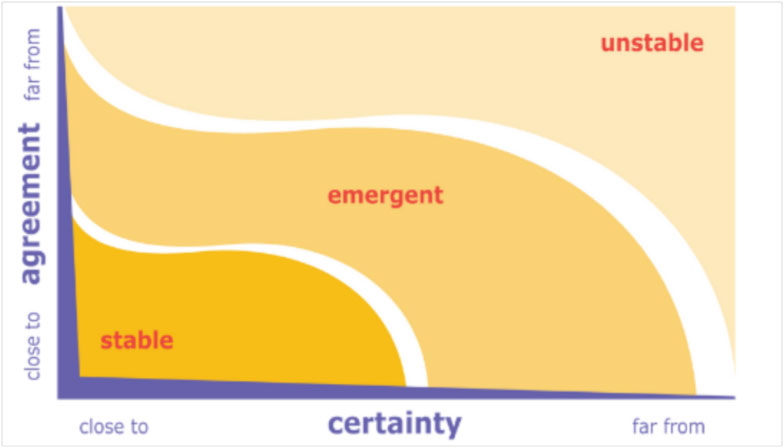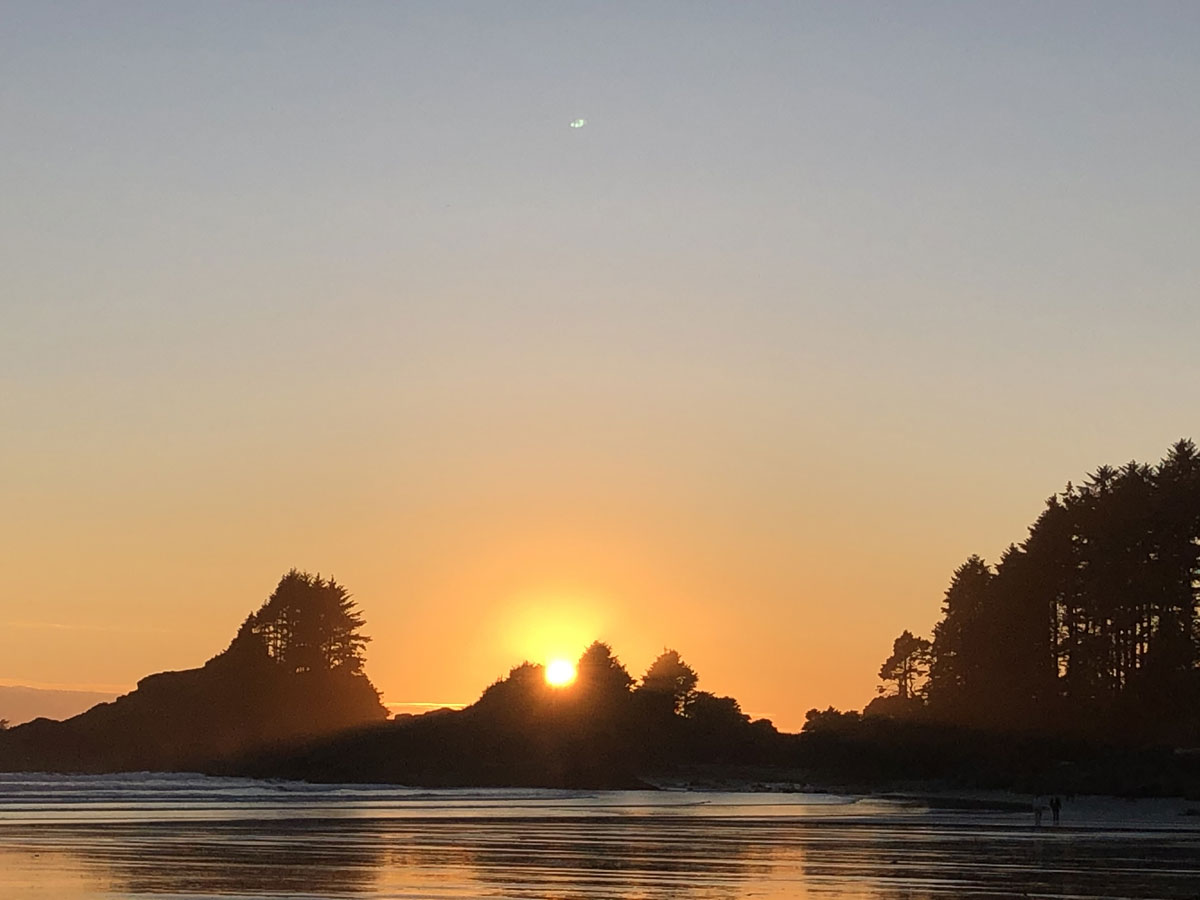“When nothing is sure, everything is possible.” —Margaret Drabble
It’s THAT time of year again. Out with the old and in with the new. A chance to wipe the slate clean and start afresh despite the conflation of days bleeding together bound by new variants and restrictions. A chance to declare our intentions and resolutions for the New Year – to chase those elusive goals and ambiguous dreams against the backdrop of continued waves of uncertainty.
The ubiquitous resolution is an unceasing reminder that we need fixing, that we are not good enough in this present moment- that we have an onus to improve in order to be validated.
But what if just keeping our head above water during this prolonged period of uncertainty is good enough- for now? What if the transformation is not of yourself, but lies within – in the renewing of your mind, your heart, your spirit?
Einstein once said, “We cannot solve a problem on the level of consciousness that created it.”
As you think, so you invite. Shifting the patterns of your consciousness and thoughts will shift your focus. This in and of itself can be a catalyst to changing your life. Renewing your mind changes the way you think. As your thoughts affect your feelings, which in turn affect your behaviours, these shifts and amalgamations of new thought patterns can create a new life that honours what you value, based on where you wish to focus your energy.
Motivational speakers and self-help gurus unanimously proclaim, “If you can dream it, you are half way there,” suggesting that setting an intention is the greatest hurdle in moving towards your goal. But what if you don’t know where you should be heading against this backdrop of continued chaos and uncertainty?
Introducing, the landscape diagram . Used in change management and human systems dynamics to discern the impacts of constraints on a system, I became curious to explore how this tool might be adapted in personal goal setting to understand the conditions that create stability in the context of uncertainty.
On the vertical Y axis, consider how certain you are about what you wish to achieve in 2022. On the horizontal X axis, consider how certain you are about what you need to do in order to achieve those goals.
Where do you fall on the landscape diagram? (Spoiler alert* – there is no right or wrong answer).

Where you have high agreement and certainty about what you want to do, and how you plan to get there, you fall in the stable space. Here is where you find a higher degree of predictability and certainty. When agents in a system are close to certainty, they are more able to predict the impact and outcome of decisions because uncertainty is minimized. In this space, systems characteristics indicate reliable impacts you can generally predict and adapt. Actions are repeatable and replicable. Your planning responses are clearer – with set expectations, timelines and other traditional methods. As a result, this zone is highly predictable and constrained. Though it may seem like this is the ideal space to be in, where you have a higher degree of stability, you also risk a degree of stasis. In this space, you risk minimizing growth and innovation due to the simple repetition of routine.
In the middle, emergent space, you find differences and tensions that reflect opportunities for self-organizing patterns and interactions. In this space, you encounter multiple forces you cannot predict or control. You have greater diversity, with patterns emerging and shifting. History does not repeat itself here. Though you move away from the comfort of certainty, you have greater opportunity to adapt or amplify positive patterns, or refine patterns where you wish to see change. This space does not necessarily mean that your goals are less likely to be realized. Look at trends and patterns and explore how the differences and tensions matter. It is in this space that you can evaluate if your intentions are the right ones in this moment, given the constant changes occurring in your life and in our world. Because the emergent zone is less constrained, your plans are more fluid, adaptable and responsive in response to that which is unpredictable and unknowable. Setting goals that include iterative cycles of observation, reflection and action is the way forward in this zone, as this allows you to influence existing patterns and shape new ones as they emerge.
In the outer reaches of the unstable spaces, you find greater chaos, uncertainty, unorganized boundlessness, surprises and the unknown. Here is where you encounter those multiple forces you can’t predict or control. There are no discernible patterns here. This unpredictable space is an opportunity to watch for patterns and create adaptive actions to bring the unpredictable, into the emergent spaces. Perhaps the most discomfiting of spaces, (for some), the unstable zone presents the greatest opportunity for exploration. Here you are able to respond to surprises as you look for greatest fit in the moment. Focus on how differences matter and where you can create connections. Here’s where you might try short, responsive cycles of adaptive actions to observe the patterns that shift. This allows you to take informed action in these highly volatile and surprising situations.
There is no ‘wrong’ place to be as you round out this year. Only opportunities to shift patterns and possibilities towards you desired objectives based on the complexity of your goals, and the circumstances you find yourself.
In 2022, what would it be like to explore our understanding of how certain or uncertain we are in terms of what we were trying to achieve, and where we need to be to get there?
What if we approached the ubiquitous resolution like a series of patterns set against a backdrop of uncertainty? What went well this past year? Where would you like to see shifts? What would you like to change, given the opportunity? How, in such challenging times, are we able to meet our goals or make improvements to problems that once seemed unsolvable or entirely elusive?
Which brings me to the adaptive action cycle.
Start with What: What patterns in your life are making you stuck? What goals are you trying to achieve? Begin where you are at exploring present patterns to reveal future ones. What is the picture you are seeing? Every choice shifts a pattern or container in your life!
Then move to So What: What do your observations of those patterns mean to you, and what are you planning to do about it? What assumptions can you confirm or deny? You may not be able to attend to every issue or every goal at once (nor can you eat an elephant in one sitting) but ask yourself what is one thing I can try? What is one thing I can do right now?
Finally, transition to Now What: Here is where you literally identify that one thing you’ll try. Have a plan, but hold it lightly. Try your one adaptive action. Start with what is easy and possible. Observe the patterns that shift. What outcomes did you expect? What shifted? What stayed the same? What surprised you? What will you try now? What will you try again? What will you try differently?
Learn from whatever you perceive as ‘failure’, as it is really the foundation that springs you into your next adaptive action cycle. It sure beats the ubiquitous, zero sum game, New Year’s Resolution doesn’t it?
Let us acknowledge that by making changes, we are doing so in a state of uncertainty, and because of this, it is ok to move from various states such as complexity and chaos to emergent and stable.
Where do you find yourself now, and where do you wish to find yourself in 2022?
What is one shift YOU will make today to change a pattern this New Year?
1. blog about shifting thought patterns using the adaptive action cycle: https://makeoneshift.com/blog/the-voice-in-your-head-using-adaptive-action-tools-to-move-forward-in-uncertainty/
2. Landscape Diagram (hsdinstitute.org)






What an interesting blog! I’ve never heard of the landscape diagram! Thanks for sharing your expertise, Lisa.
Thank you for your thoughts Jill! Yes, this is one tool I use in change management which I thought might be an interesting reframe on how we set goals when we are feeling stuck.